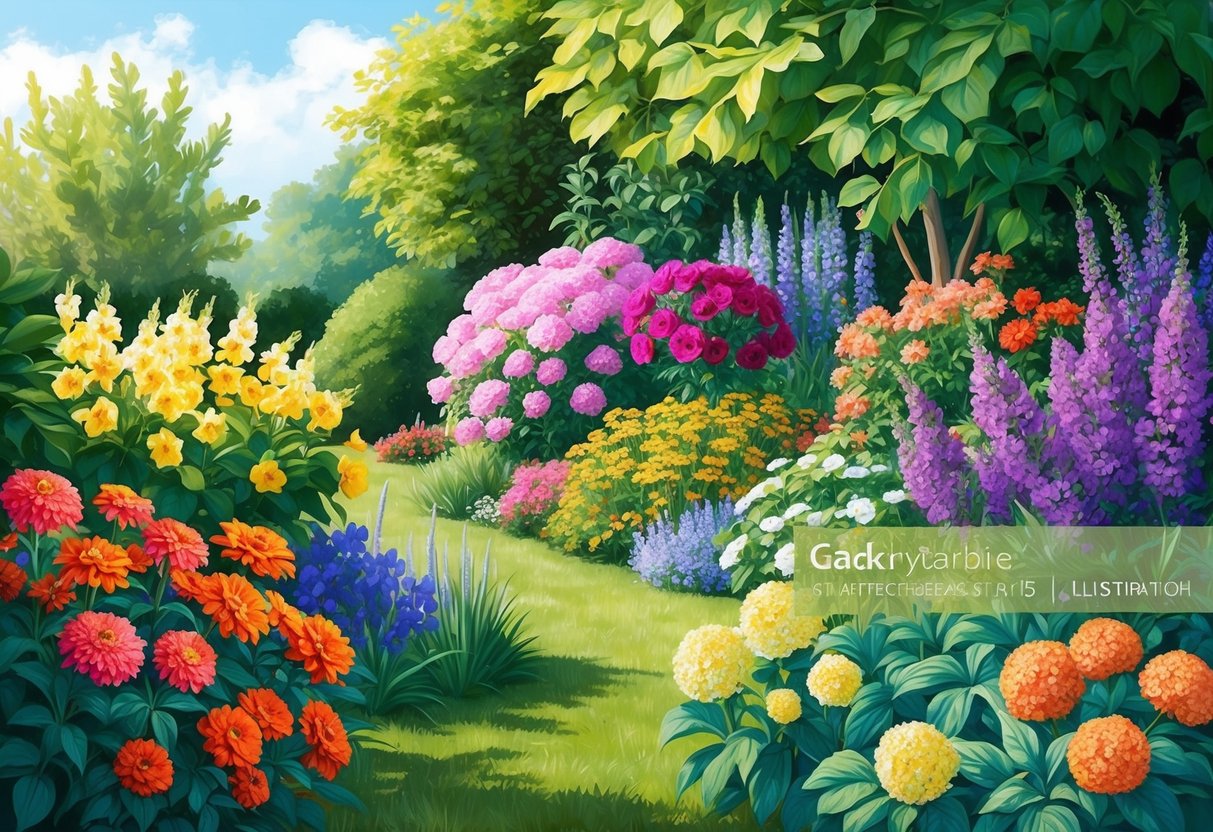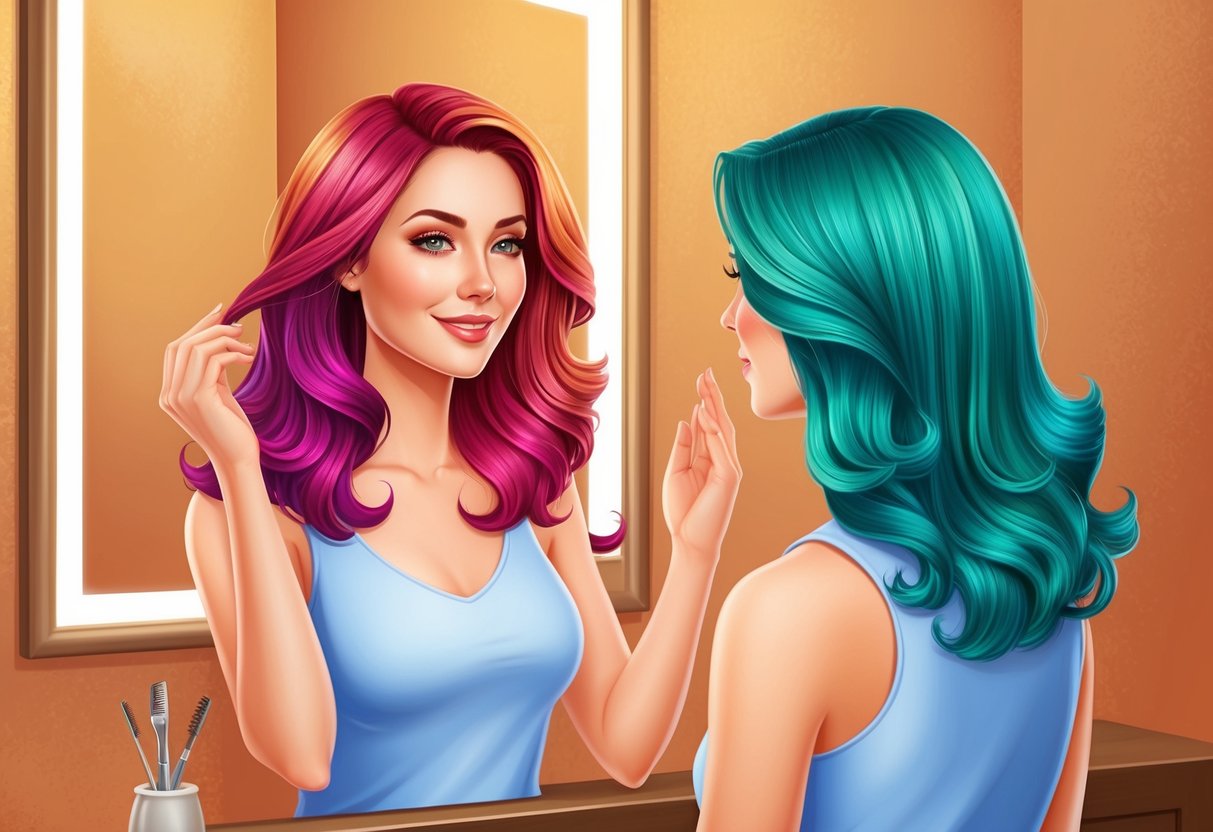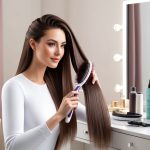
How to Balance Hair Color With Complexion

Selecting a vibrant hair color involves more than just picking a favorite shade. Achieving a successful look comes down to understanding how undertones and complexion interact with color intensity and warmth to create a harmonious appearance.
Achieving Harmony Between Tone and Skin
A key strategy for balanced results is matching hair color undertones with skin’s natural undertones. Individuals with cool undertones tend to look best in shades like platinum, ashy blonde, or cool brown, which prevent skin from appearing washed out.
Warm undertones are enhanced by golden blondes, copper reds, and honey browns, adding a natural radiance. Before committing to a shade, professionals advise examining the wrist or jawline under natural light.
This helps determine whether the skin’s undertone is warm (yellow, peachy, golden) or cool (pink, red, bluish). The right match can make the complexion appear brighter and even out skin tone.
Use this basic guide for balance:
| Skin Undertone | Best Hair Color Choices |
|---|---|
| Cool | Ash blonde, platinum, mocha |
| Warm | Copper, golden brown, caramel |
| Neutral | Most shades, especially soft golds and light browns |
For more in-depth advice on matching, see this step-by-step guide.
Mistakes to Avoid When Balancing Colors
Choosing hair colors in direct opposition to one’s complexion can cause disharmony. For instance, selecting a cool, icy blonde for a person with strong warm undertones may intensify sallow or yellow hues.
Similarly, overly warm shades on cool complexions can accentuate redness or create a lackluster effect. Avoid drastic hue shifts—transitioning from very dark to ultra-light colors without considering underlying pigment can produce uneven results and draw attention away from natural features.
Another common mistake is ignoring seasonal skin changes; skin may be lighter in winter or more tanned in summer, which affects how colors appear. Maintenance matters too: proper care and regular toning keep both complexion and hair color in sync.
To prevent common errors and achieve the best balance, refer to professional hair color theory tips.
Pro Tips for Achieving and Maintaining Vibrant Color
Achieving vibrant hair color starts with choosing the right technique and aftercare routine for the individual’s needs and lifestyle. Color longevity and brilliance depend on both the method of application and how the color is preserved after treatment.
Salon Vs. At-Home Coloring
Salon coloring offers a higher level of customization, advanced hair coloring techniques, and professional expertise to ensure desired shades enhance natural skin undertones. Techniques like balayage, foilyage, root smudging, and color melting allow colorists to create dimension, seamless blends, and vibrant finishes that at-home kits often fail to achieve.
Salons also use high-quality formulas that help maintain the health of the hair during and after coloring. At-home coloring can be a cost-effective option for single-process applications or minor touch-ups, but it often lacks the precision and technology found in the salon.
Users risk uneven color, missed spots, and less vibrant results, especially with dramatic shade changes. Following package instructions, performing strand tests, and choosing products specifically made for long-lasting vibrancy are essential steps when coloring at home.
For further insight into professional methods, see this overview of advanced hair coloring techniques.
Gloss Services for Longer-Lasting Results
Gloss services work by adding a translucent layer that enhances shine, refines tone, and seals in color, making hair appear more vibrant and healthy. These treatments can refresh faded hues between full coloring sessions and protect hair from environmental fading and dullness.
Many glosses also condition and smooth hair cuticles, resulting in longer-lasting color with less brassiness. A gloss service can be performed as a standalone treatment or added on after a color session for extra vibrancy.
It is popular among those with both natural and color-treated hair who want to enhance shine while maintaining their shade without frequent damage or dryness. For optimal results, combine a gloss service with sulfate-free, color-safe shampoos, and limit heat styling.
Find more expert gloss and color tips at this guide to maintaining vibrant color.



